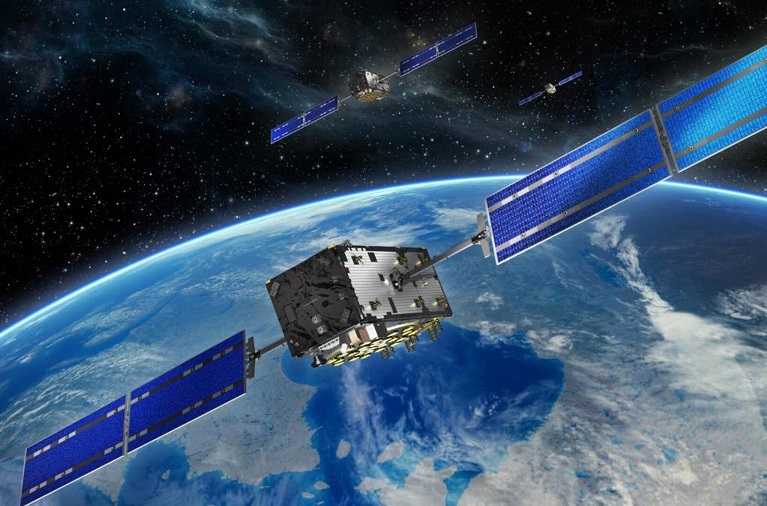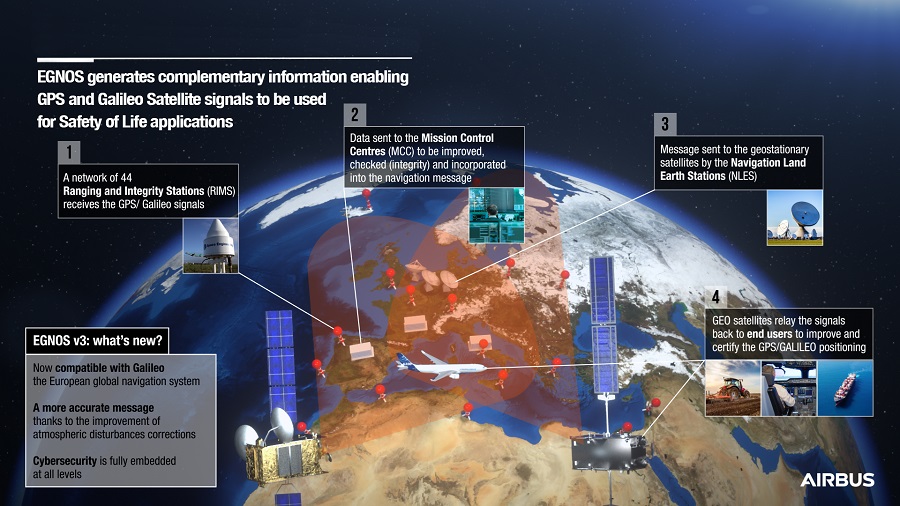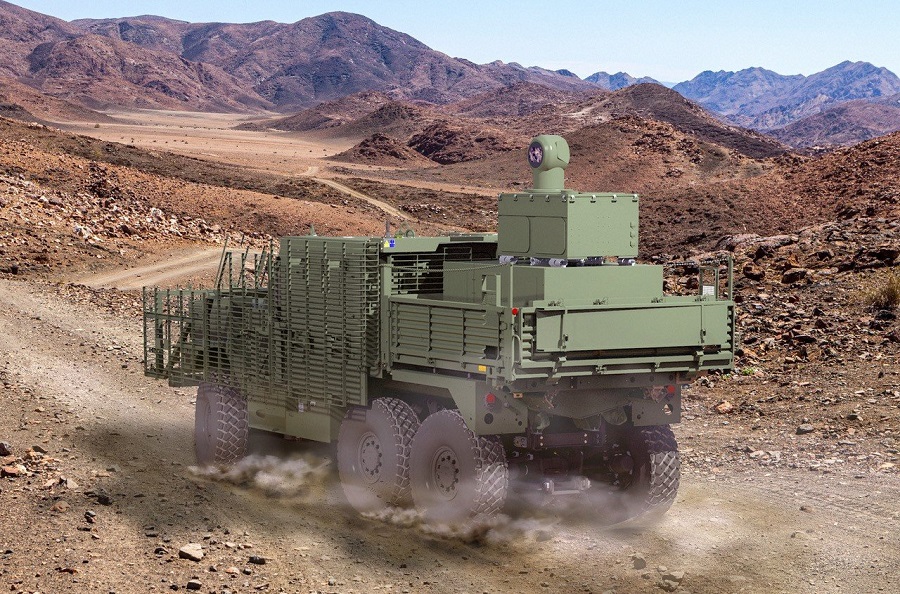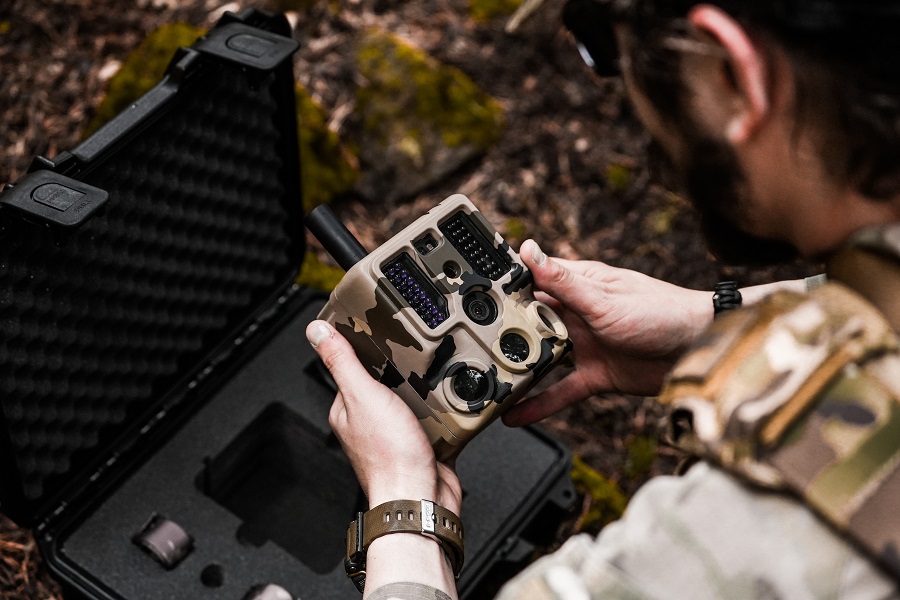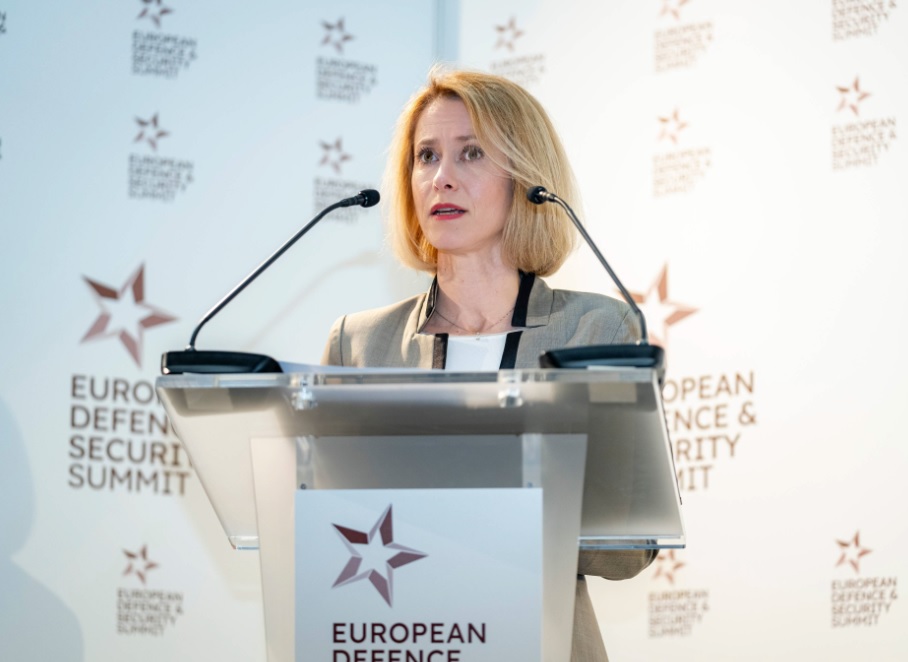This first position fix of longitude, latitude and altitude using the Galileo constellation took place at the Navigation Laboratory at ESA’s technical heart ESTEC, in Noordwijk, Netherlands on the morning of 12 March, with a level of accuracy between 10 and 15 metres.
Since then, Galileo has been growing, exceeding performance expectations, and enabling a multitude of applications thanks to the broad range of services it offers.
A significant milestone was marked in 2016 with the declaration of Galileo Initial Services to become available at the end of that year providing guaranteed services to users. As of today, the EU’s positioning system offers a set of services to end users with more currently under development.
With 28 satellites currently in orbit the system offers:
Open Service (OS): Open Service (OS) enables free-of-charge, global ranging, positioning and timing, using the Galileo OS Signal-In-Space (SIS).
Search and Rescue Service (SAR): The Galileo Search and Rescue service allows for the location of people in distress within 10 minutes and a radius below 5km. All you need is a Galileo-enabled Personal Location Beacon (PLB).
High Accuracy Service (HAS): On the basis of this brand new service, declared operational on the 24/01/2023, Galileo becomes the first GNSS system providing, globally and free of charge, corrections to the Galileo and GPS signals to enable a positioning accuracy down to decimetre level (when processed by a Precise Point Positioning (PPP) algorithm by the user).
“The main power of Galileo is felt in the downstream sector, especially if we think that over 4 billion Galileo-enabled smartphones have been sold and that millions of users in many sectors rely on it.” concludes EUSPA Executive Director, Rodrigo da Costa.
What’s next?
The Galileo is being continuously improved to ensure seamless, safe and secured service delivery 24/7 to users worldwide. EUSPA is currently working on delivering next-generation services based on Galileo’s precise signals, timing capabilities and robust performance.
Likewise, upon a successful public observation phase ongoing since November 2021, the Galileo OSNMA is expected to become operational within the coming year. The OSNMA is a new, breakthrough feature of Europe’s positioning system that meets a clear user need: improve the trustworthiness of GNSS signals. This service provides an authentication mechanism to allow Open Service users to verify that the navigation data they have received comes directly from Galileo and has not been modified.
This article was originally published on the European Union Agency for the Space Programme (EUSPA) website.


